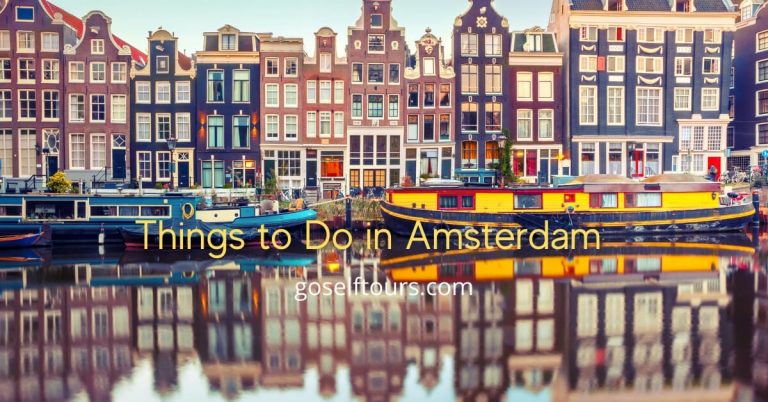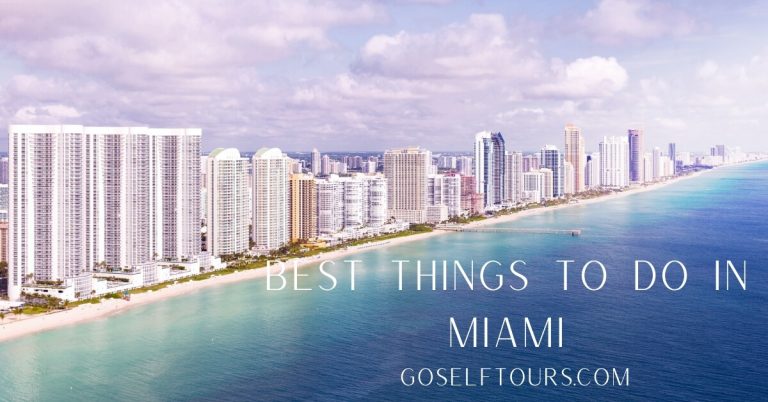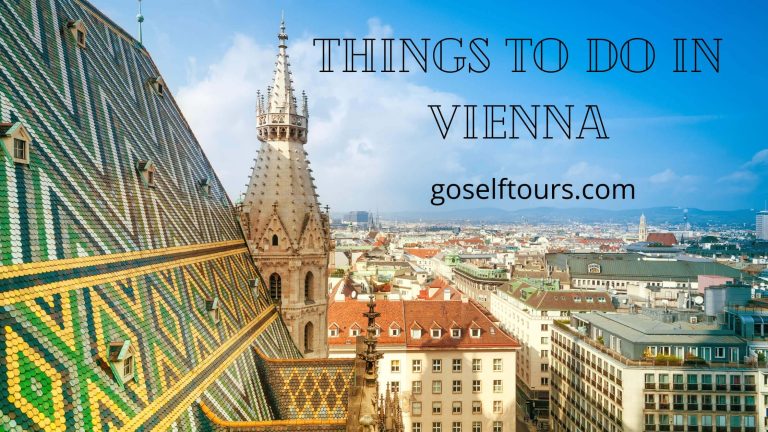10 Best Things to Do in Dublin
Dublin is a popular destination for young people and grown-ups as well. Elegant, with dynamic rhythm, the capital of Ireland is also the largest and most populous city in the country. Its pubs and beer are famous all over the world, as is the easy-going spirit of its citizens. When you visit Dublin, you’re sure to feel warmly welcomed and immersed in history. The city’s influences and achievements over the years have also changed its architectural appearance. Today, in fact, Dublin appears as a mix of styles, from Gothic-Medieval to Georgian. Despite the leaden climate, the atmosphere is always sunny and cheerful!
Not to miss the best of the city, read this list of 10 things to see in Dublin!
1. Trinity College
English literature lovers, but not only, will not want to miss this visit to one of the most famous, prestigious, and ancient campus in the world. The university was founded in 1592 and has hosted students of the caliber of Jonathan Swift, Oscar Wilde, Bram Stoker, and Samuel Beckett. Located right in the center, Trinity College is a majestic building, built in Georgian style, which conveys tranquillity and relaxation thanks to the large green spaces outside. You can immerse yourself in the life of the university and participate in student life, watch cricket and badminton matches organized by students during breaks from study, visit the library, an unparalleled spectacle!
The famous “Book of Kells” is also kept here, a really beautiful illuminated manuscript on which the four Gospels in Latin are also written.
2. St Patrick’s Cathedral, Dublin
There are only two cathedrals of Protestant origin in the world and one of them is St Patrick’s Cathedral in central Dublin.
Inside this cathedral is what is defined as “monumental”. It has a very solid structure decorated with splendid stained glass windows and houses an immense organ made up of 4,000 pipes.
All these characteristics contribute to creating an air of solemnity and sacredness that impose a deep silence on the visitor. The cathedral was chosen to host the eternal rest of over 500 important Irish personalities, including the writer Jonathan Swift.
3. Temple Bar
You can’t visit Dublin without popping into its beating heart, the Temple Bar district. This is definitely the liveliest area of the city, with its pubs, restaurants, clubs, exhibitions, and theatres.
There is a legend about the name of this neighborhood as well: it is believed to come from Sir William Temple, rector of Trinity College, who settled here with his family. Temple Bar is located south of the Liffey River, a short distance from the old town, and is a must-see both during the day and at night. Here tourists can find historical markets and ateliers, buy all kinds of products, from vinyl to groceries.
Overlooking the many characteristic streets there are many historic pubs, where rivers of the beer flow and where you can listen to live music. Near the neighborhood, you can also admire Half Penny Bridge, an iron pedestrian bridge that crosses the River Liffey and which takes its name from the amount of the toll paid to use it. Don’t miss it as it is one of the most beautiful spots in Dublin, especially at sunrise and sunset.
4. Guinness Store House
It is the first production plant of the famous Guinness dark beer and welcomes visitors to its 7 floors. The beer most loved by the Irish has been brewed in this brewery since 1759, the year it was built, by Sir Arthur Guinness, the founder of the Guinness beer of the same name. Walking distance from the old town center in just 10 minutes, besides being a factory it is also a museum dedicated to this drink, where you can taste not only the amber liquid but also the true Irish spirit, made of tenacity, creativity, precision, and attention to detail. Obviously, at the end of the route, there is a free tasting of a pint of Guinness at the panoramic Gravity Bar.
5. Kilmainham Gaol
Kilmainham Gaol Prison is an excellent testimony to Ireland’s history. Between these cold cells, the political battle for Ireland’s independence was fought. Common criminals but also political rebels were locked up here, some never to come out, at least alive. The inner courtyard of the prison has been the scene of numerous executions.
The prison now serves as a museum and is often home to music videos and film sets. Visiting the prison, which is located in the west of Dublin, is an emotionally significant and challenging experience, it is also possible to be locked for a few minutes in one of the cells to fully understand the unpleasant feelings of anguish and frustration that the inmates felt at the time.
6. National Gallery of Ireland
A collection of priceless masterpieces is housed in the National Gallery of Ireland. Visitors can admire the obscure Capture of Christ by Caravaggio, the Annunciation by Rubens, and other works by Flemish, English, and French Impressionists.
There is also a room dedicated to the works of Irish illustrator and cartoonist Jack Yeats, who in 1894 created Sherlock Holmes’ first comic strip.
7. Dublin Castle
It represents the center of administrative power in Dublin and is located between Christ Church Cathedral and St Patrick’s Cathedral. It is a castle of Norman origin whose origins are lost in antiquity. It dates back to 1204 and was built by the will of John I King of England
Symbol of English oppression in Ireland, today it is the seat of government representation and hosts official state ceremonies.
8. Spire Of Dublin
At O’ Connell Street, an area beloved by young Dubliners, there is a 120-meter high steel tower known as The Spire or “the monument to light”. It is part of an urban redevelopment project and the people of Dublin have had fun inventing the most diverse nicknames for it over the years.
Until 1996 the statue of British Admiral Horatio Nelson stood in her place, destroyed by a bomb detonated by the IRA, the Irish military independence organization
9. Phoenix Park
It is one of the largest parks in Europe and is also larger than New York’s Central Park! It measures 700 hectares where tree-lined avenues and meadows cheer the lives of citizens and tourists alike.
In this park you can, in fact, be surrounded by nature just a stone’s throw from the center of Dublin: there is also a colony of deer!
10. Grafton Street
Street for the city shopping, full of a pleasant atmosphere and charm. You can walk along with it entirely on foot and admire the beautiful four-story Georgian houses, as well as the windows of the elegant shops and the performances of street artists. If you visit it during the Christmas period you can’t miss the decorated windows and the characteristic lights that give a postcard setting.


